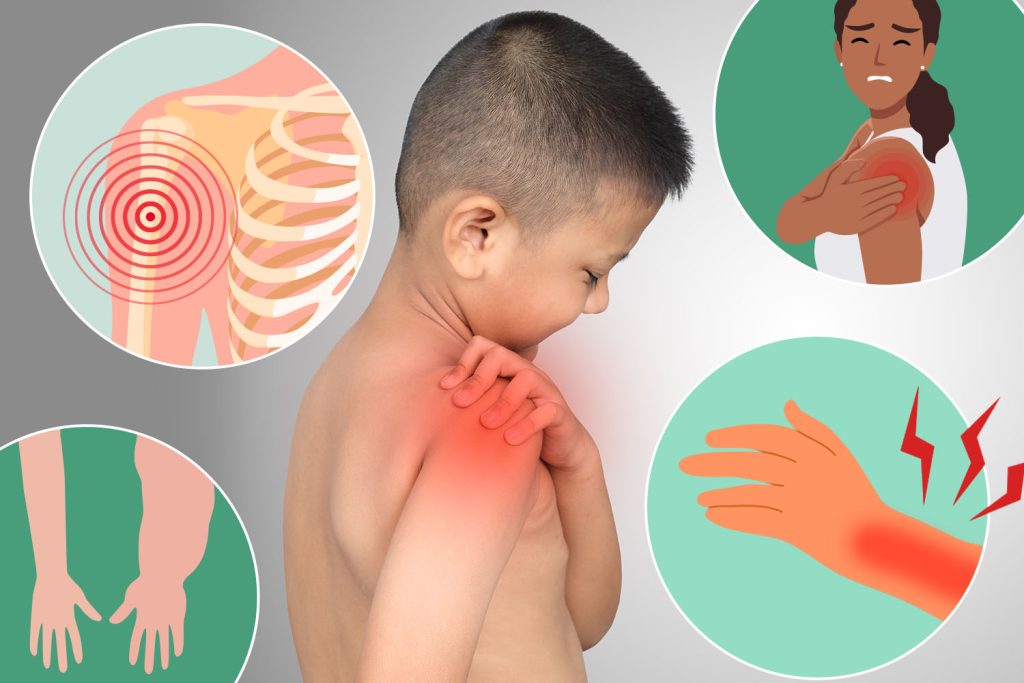In recent years, a new review has highlighted widespread waiting times for diagnosis among children and young people with childhood cancers in the UK, emphasizing the need for urgent action to improve care and reduction of health disparities. In a report by Cancer Research UK, it was revealed that while most cancers are diagnosed during emergency trips to specialist institutions like acute care hospitals or clinics, the majority of childhood cancers remain undiagnosed, with many children waiting for six to twelve weeks to be diagnosed. This long wait has significant implications, including delayed treatment and increased untreated cancer growth. As highlighted by the study, the average time to diagnosis ranges from 3.7 weeks for babies under one to 12.6 weeks for children with bone cancer, while blood cell stem cells and brain cancers experience even longer waiting periods.
In the UK, most childhood cancers are diagnosed during emergency trips to A & E or specialist facilities. However, the description of who is most likely to face long waits for diagnosis points to children in specific age groups. Teens aged 15–18 wait on average 8.7 weeks for diagnosis, with bone cancers among them being one of the most problematic, as they average 12.6 weeks before being diagnosed. All children and young people aged 9–16 have a waiting time of at least 4.7 weeks, according to the report, making them four weeks or longer from diagnosis. Teens and young people with bone cancer are the ones most often left undiagnosed, likely due to poor access to diagnostic facilities or lack of awareness about their status.
The review also highlights the achieving of significant progress in other cancer types. For instance, skin and other Presenter’s cancer, soft tissue cancer, Langerhans cell hist Rocks and brain cancers are being diagnosed in less than a week. Specifically, soft tissue cancers are typically diagnosed within 3 weeks, and the average waiting time across all cancers is about 7.6 weeks. These findings suggest a more equitable reduction in waiting times for more common cancer types, particularly soft tissue and Langerhans cell hist Rocks.
The study also delves into the underlying cause of these waiting times, which are disproportionately affected by bone cancer. Bone cancers, particularly in the lower limb and upper arm, account for the largest number of children and young people diagnosed, followed by soft tissue and Langerhans cell hist Rocks. The findings suggest that bone cancers, which are often associated with weakened bones, are a primary contributor to the longer wait periods. Infection in bone-related diseases such as osteomyelitis or osteopetrosphroe Sauceis also a significant factor, as it potentially weakens the bones over time and increases the risk of further cancer development.
The review concludes by emphasizing the urgent need for urgent action to address these barriers to diagnosis. By focusing on vulnerable groups and improving awareness and access to diagnostic facilities, prioritizing bone cancer, and implementing targeted improvements in diagnostic care processes, the UK must reduce the gap in quality diagnostic care and improve access to curative care for children and young people. Additionally, long-term improvements in identifying and managing these cancers, including early diagnosis and treatment plans, will help ensure better survival rates.status.











